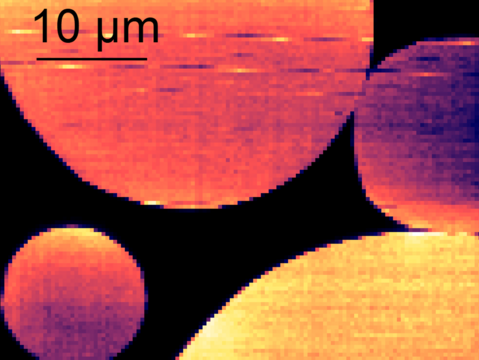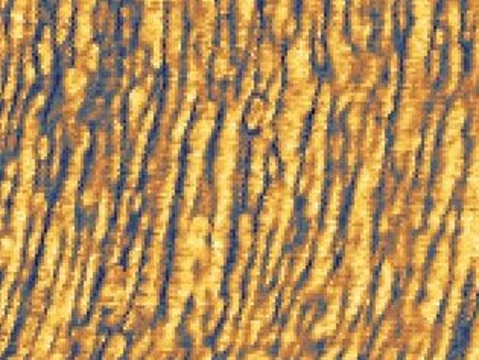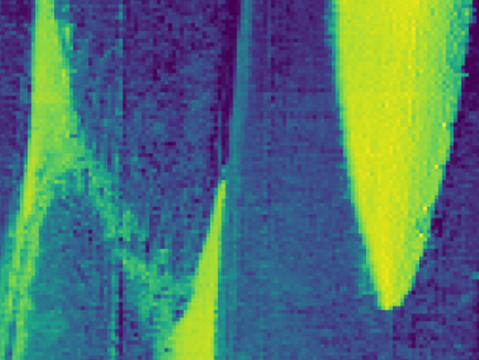Functionalised wood
Description
Wood has a unique structure from the molecular level to the organisation of the annual rings. In the research area "Functionalised Wood", we are investigating how this material can become even more intelligent and functional through targeted modifications. The main focus is on interdisciplinary and nano-technological principles in order to achieve completely new properties and thus a broader application of wood. These projects are accompanied by high-resolution analytical methods (e.g. atomic force microscopy) to improve the fundamental understanding and to precisely control the functionalisations.
Contact: Claudia Gusenbauer and Johannes Konnerth
Research and publications
Kick-off meeting
On Nov. 22nd 2023, the kick-off meeting of our project "All-Wood" took place, which is funded by the Gesellschaft für Forschungsförderung Niederösterreich. In cooperation with the New Design University St.Pölten, we aim at developing structural colours from various bio-based raw materials for colouring wood surfaces. We are looking forward to this exciting collaboration!
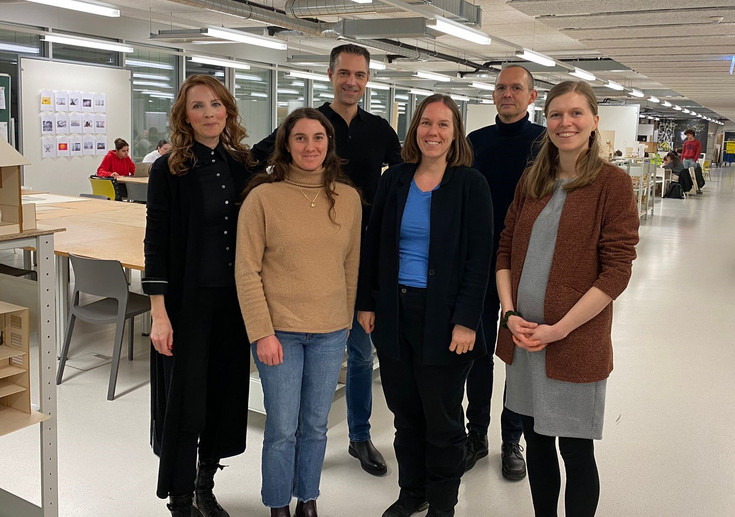
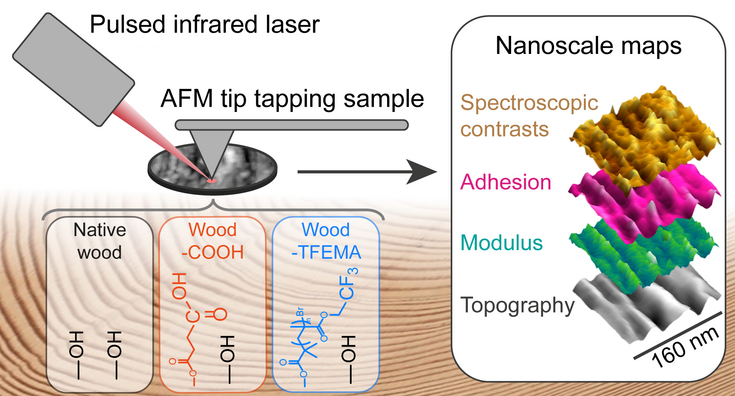
New insights into the wood nanostructure
In a cooperation with Dr. Xiaoji G. Xu and Dr. Dmitri V. Vezenov, who are developing nano-microscopic methods at Lehigh University (PA, USA), new insights into the nanostructure of wood could be gained during a stay abroad of our staff member Claudia Gusenbauer; read in: Biomacromolecules, 21, 10, 4244–4252 (2020).
Conversation with Governor Johanna Mikl-Leitner
Dr. Claudia Gusenbauer was invited to a working discussion on the topic of new research funding at the Landhaus St. Pölten on 20 April 2021. Scientists were brought before the curtain to report on their projects funded by the Gesellschaft für Forschungsförderung Niederösterreich m.b.H.

Theses
Dissertations
Claudia Gusenbauer (2021): Chemical force microscopy for characterizing functionalized renewable materials.
Célia Lointier (ongoing): All-Wood: bio-inspired colour obtained from wood to colour wood
Master theses
Karolina Theresa Peter (2020): Capability of “Chemical Force Titration” as a method to characterize wood structures.

